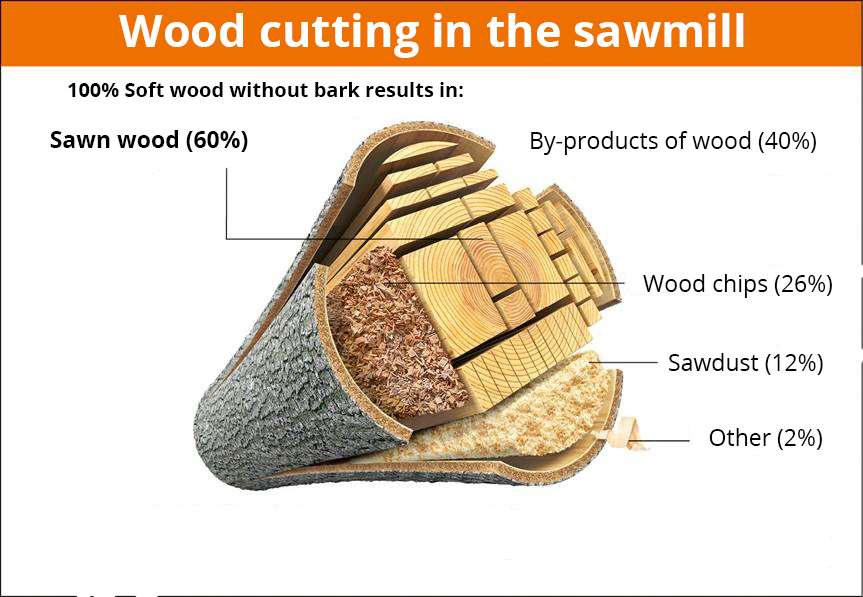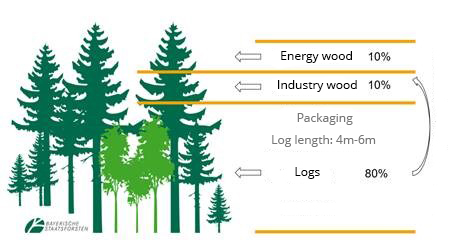Dimensions
• Diameter: 6mm
• Length: up to 3cm
Composition
• 100% hardwood
• 20% softwood 80% hardwood
• Soft wood - Spruce and fir
• Hard wood - Beech
Heating value
• 4.8 kW/h
Class
• Class A1
• Class A2
Humidity and ash
• Pellet humidity max. 10%
• Minimum amount of ash: <0.9%
Packaging
• Packing in bags - 15kg
• Palette - 70 packs (1050kg)
Pellets are considered a high-quality energy source and the key to the energy transition in the heating sector. Because heating with pellets is efficient and convenient, lowers energy costs and saves not only carbon dioxide (CO 2 ) but also money.
A big advantage of wood pellets is the cheap fuel price. While the prices of fossil fuels fluctuate strongly, the pellet price has remained largely stable over the past decade. Your price advantage during this time was around thirty percent compared to heating oil. In addition, pellets are not subject to energy and CO 2 taxes and their VAT rate is seven percent. In addition, there are government subsidies when buying a pellet heating system or replacing an old oil heating system.
Wood pellets also make an important contribution to climate protection. Since wood is CO 2 -neutral, the burning of wood pellets only releases as much carbon dioxide as the tree absorbed during its growth. In contrast, when fossil fuels are burned, CO 2 is emitted, which was stored underground for millions of years. Burning wood also releases less environmentally harmful sulfur dioxide than does fossil fuels.
Our pellets are made from wood or by-produced saws. Pelletizing offers various advantages over other biogenic solid fuels, such as the automated use as fuel in special pellet heating systems. In addition to wood pellets, we also manufacture wood briquettes for industrial use, which can be used as a replacement for lignite briquettes.
Wood pellets and briquettes have a significantly higher calorific value than split logs - this is due to the low water content of less than 10%. Wood fresh from the forest with a water content of 50% has a calorific value of approx. 2.5 kWh / kg, with pellets and briquettes it is roughly twice as high at 4.8 - 5.5 kWh / kg. This also means that the storage space required is significantly less than with split logs.

